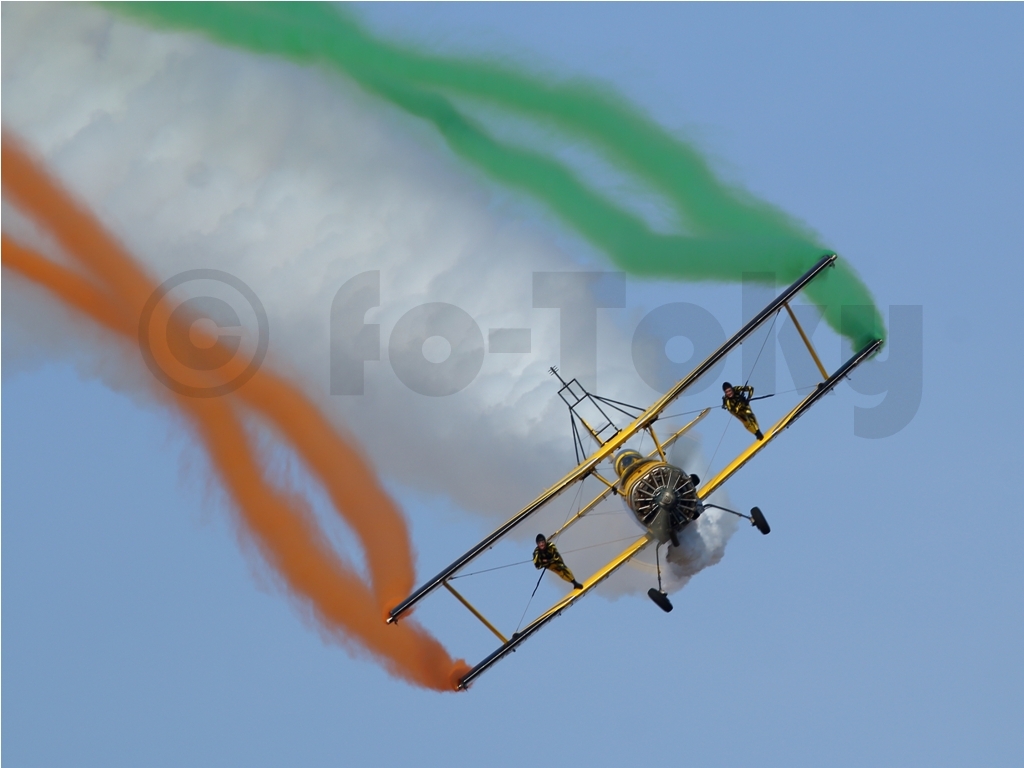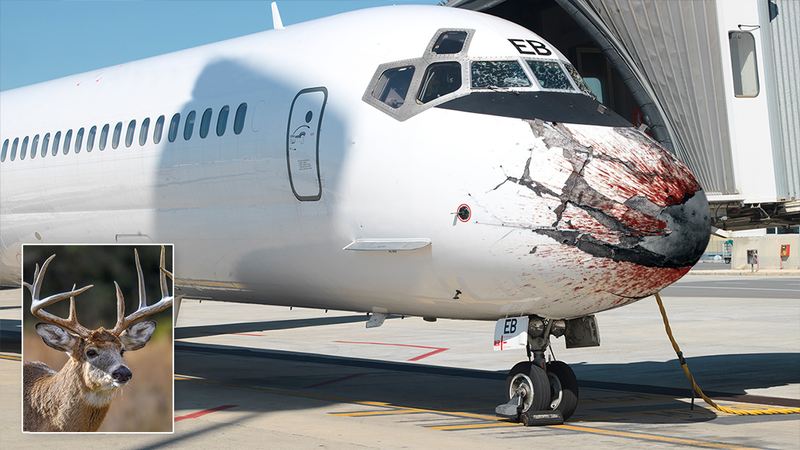Whether you’re a novice or an experienced pilot, an engine failure in-flight is a pilot’s worst nightmare. If it occurs in a single-engine piston aircraft or a single-engine jet plane, there are only two ways out: trying to restart the engine, or making a forced landing. The other option of ejection is available to military pilots only.
An engine failure in flight requires a swift reaction by the pilot in command to maximize the flight of an airplane after the event has occurred. Pilots do this by acquiring a glide attitude and a glide speed at which the aircraft will remain in flight for a predictable period of time.
What Happens in an Engine Failure?
Lift, weight, thrust and drag are the four forces that primarily enable an aircraft to fly. In the event of an engine failure during flight, the force of thrust produced by the aircraft engine is reduced to zero. Consider an aircraft flying straight and level maintaining a certain speed and altitude. In the event of an engine failure:
- The force of thrust produced by the airplane engine goes down to zero.
- The force of drag produced by the plane dominates, and slows the speed of the aircraft.
- Decreased airspeedresults in a loss of lift.
The above listed happens if the aircraft’s attitude is maintained as it was before the engine failure occurred. However, practically, a pilot is taught how to maintain the best glide angle by changing attitude.
Thrust Without Engine
By lowering the attitude, a component of weight balances the drag thus creating missing thrust to maintain the speed. This is called as gliding. When an engine failure is recognized (in a single-engine aircraft), the pilot’s primary action is to put the plane in a glide. Following are a few points for optimum glide performance:
- Maintain the angle of attack corresponding to best lift by drag ratio (L/D ratio).
- Since the angle of attack indicators are not available in most aircraft, the best option the pilot is left with is to achieve the “recommended glide or descent speed mentioned in the operating handbooks.”
- Remember any speed (angle of attack) higher or lower than the recommended will lead to lesser air time and decreased range.
Pilot’s Reaction to Engine Failure in Flight
As soon as an engine failure occurs in flight, a pilot must attain and maintain the recommended glide speed. In this manner, an aircraft in distress due to engine failure can glide to a nearby runway or any clear ground to make a relatively safe approach. This will also give time to analyze the cause of engine failure, the possibility of engine restart, and prepare the aircraft and its passengers for a forced landing.
There are certain priorities in every emergency. In case of critical emergency like engine failure your priorities would be:
- Aircraft control and proper airspeed management is your first priority!
- Finding a suitable landing area is a second priority.
Having made a selection of the field, establish yourself in the pattern depending on your position, altitude, winds and obstruction. Most important of all fly a pattern in which you can keep the selected field in sight at all times and select a pattern that is within your and aircraft capability. Remember in a real situation you get only one shot.
Once established in the pattern attempt engine restart. Remember to keep track of your position and angle of attack while attempting restart.
Keep a cut off below which restart should not be attempted and all efforts should be made to convert glide into a safe landing. This is very important. Generally you should cease all restart before turning on to base leg (1500 ft AGL).
Once committed to a landing, tighten the belts, partially open the door and shut off fuel and battery.
Time permitting give a ‘Mayday’ call which would certainly enhance your rescue prospects.
Be safe.



